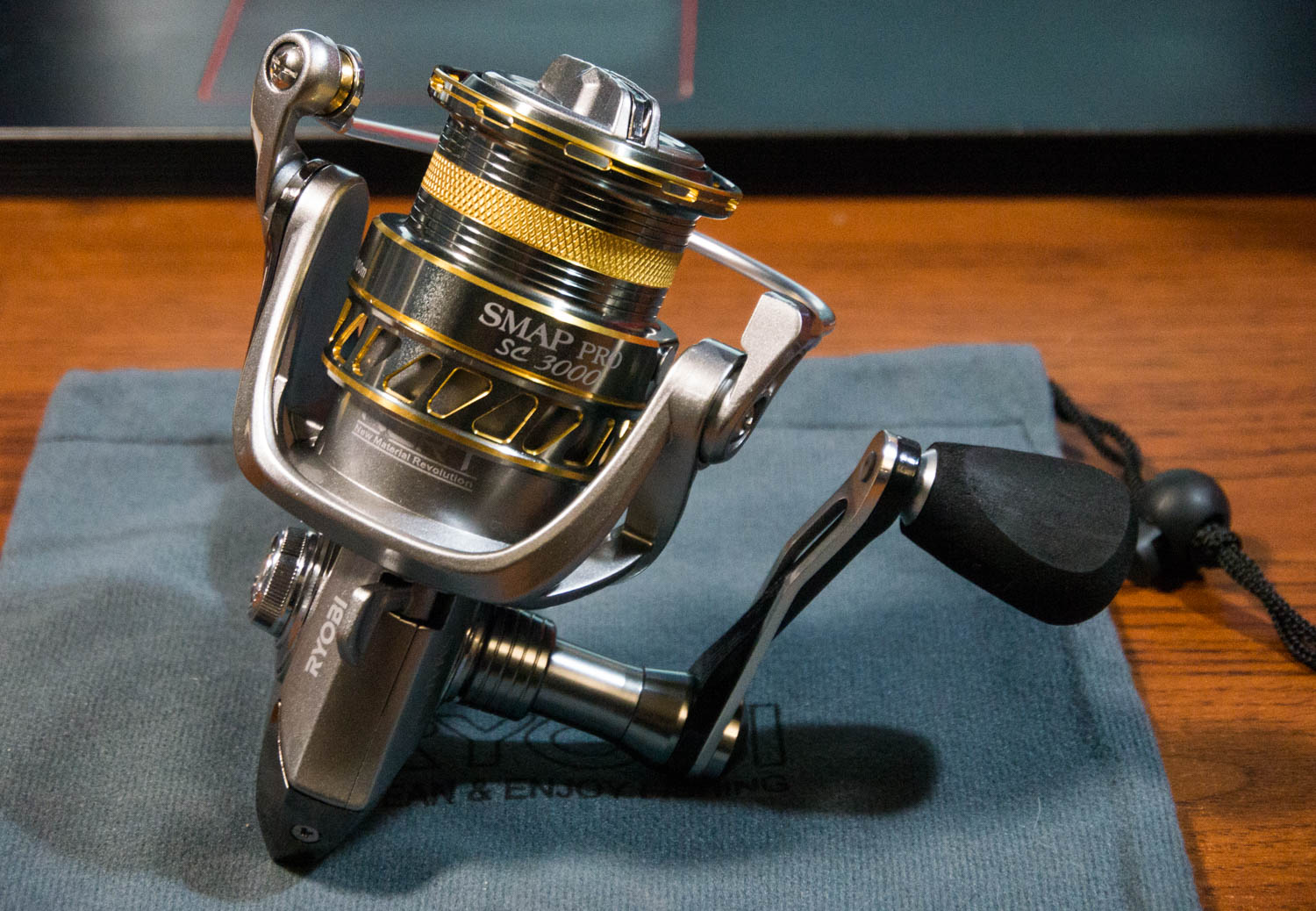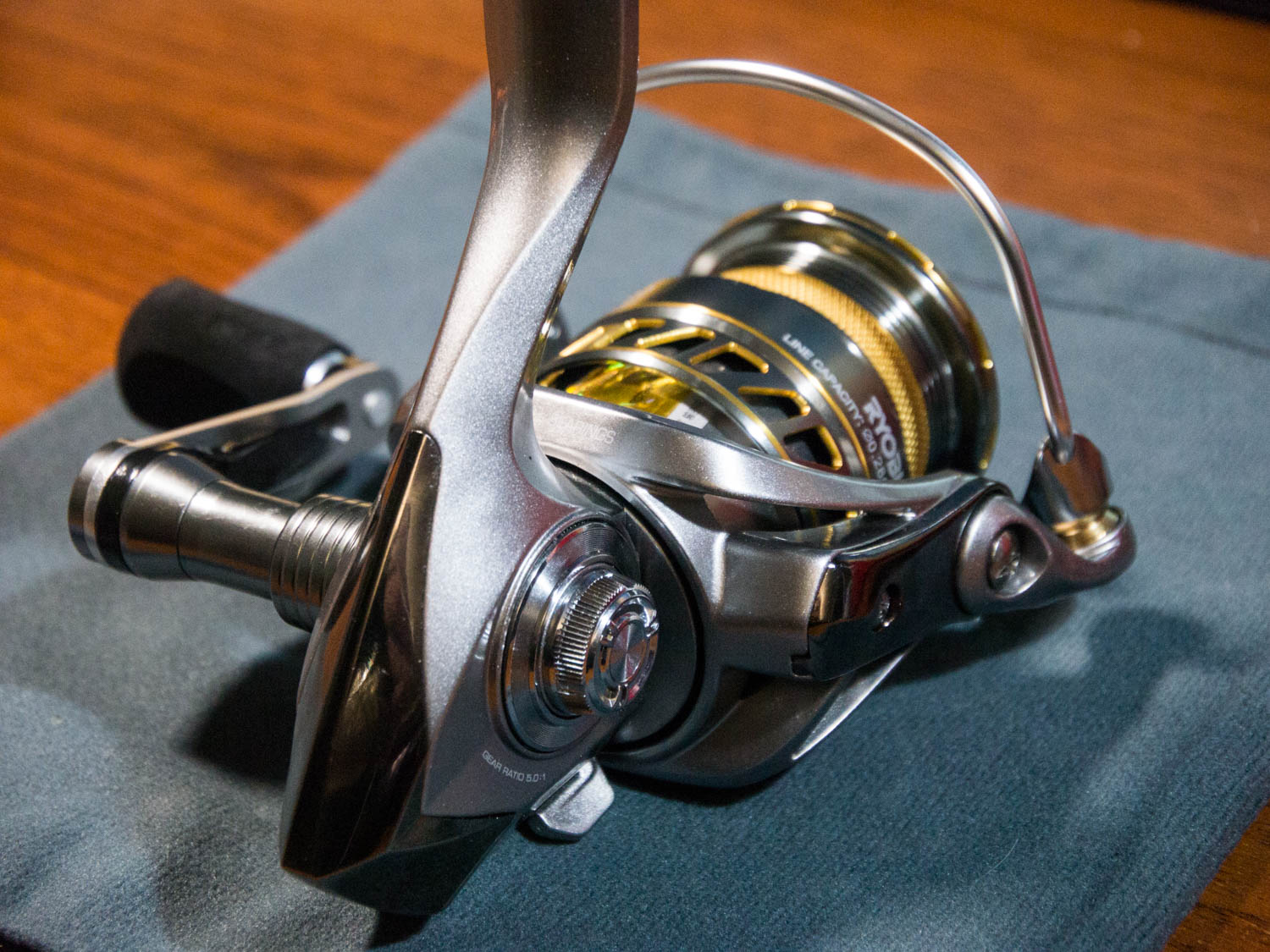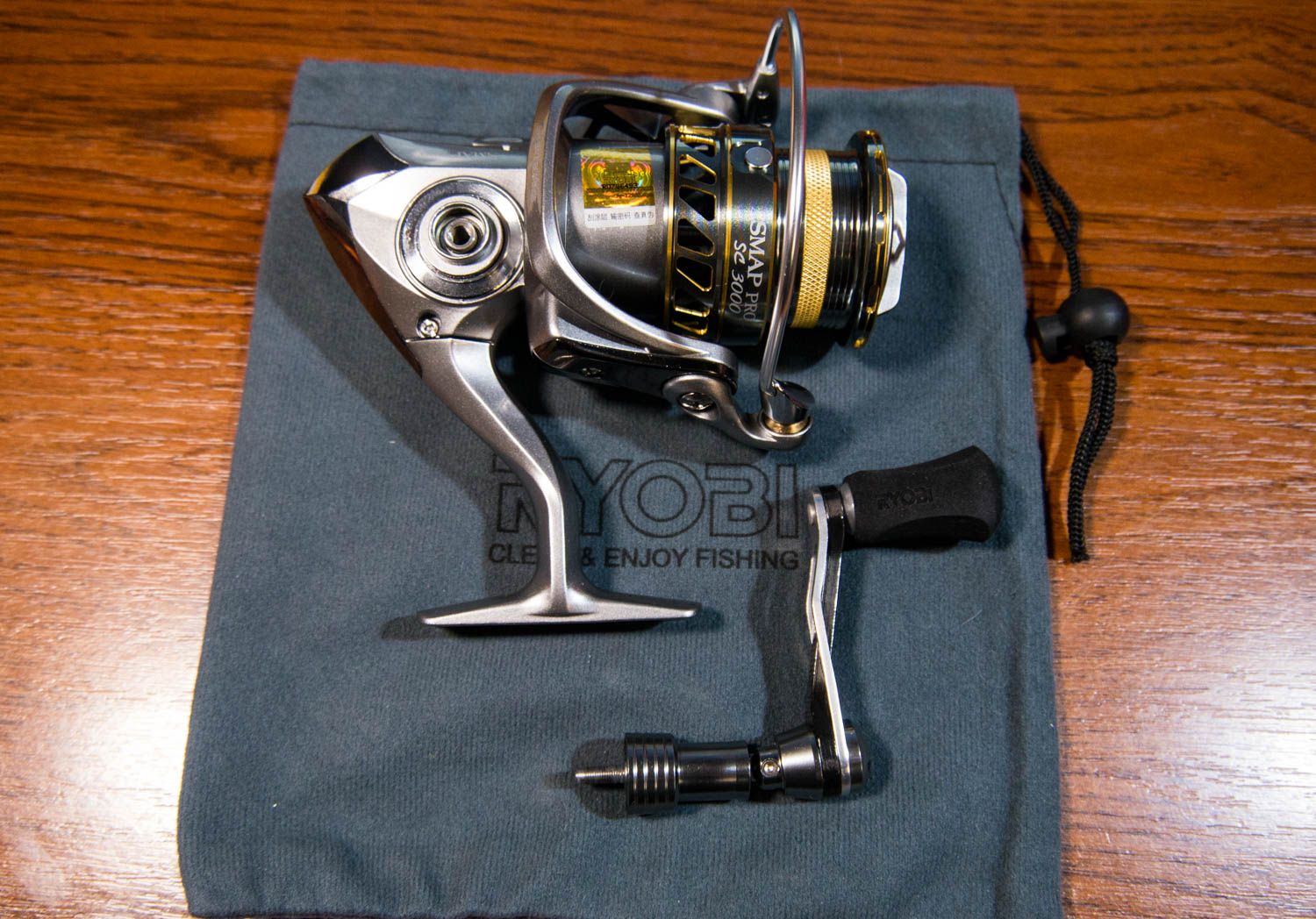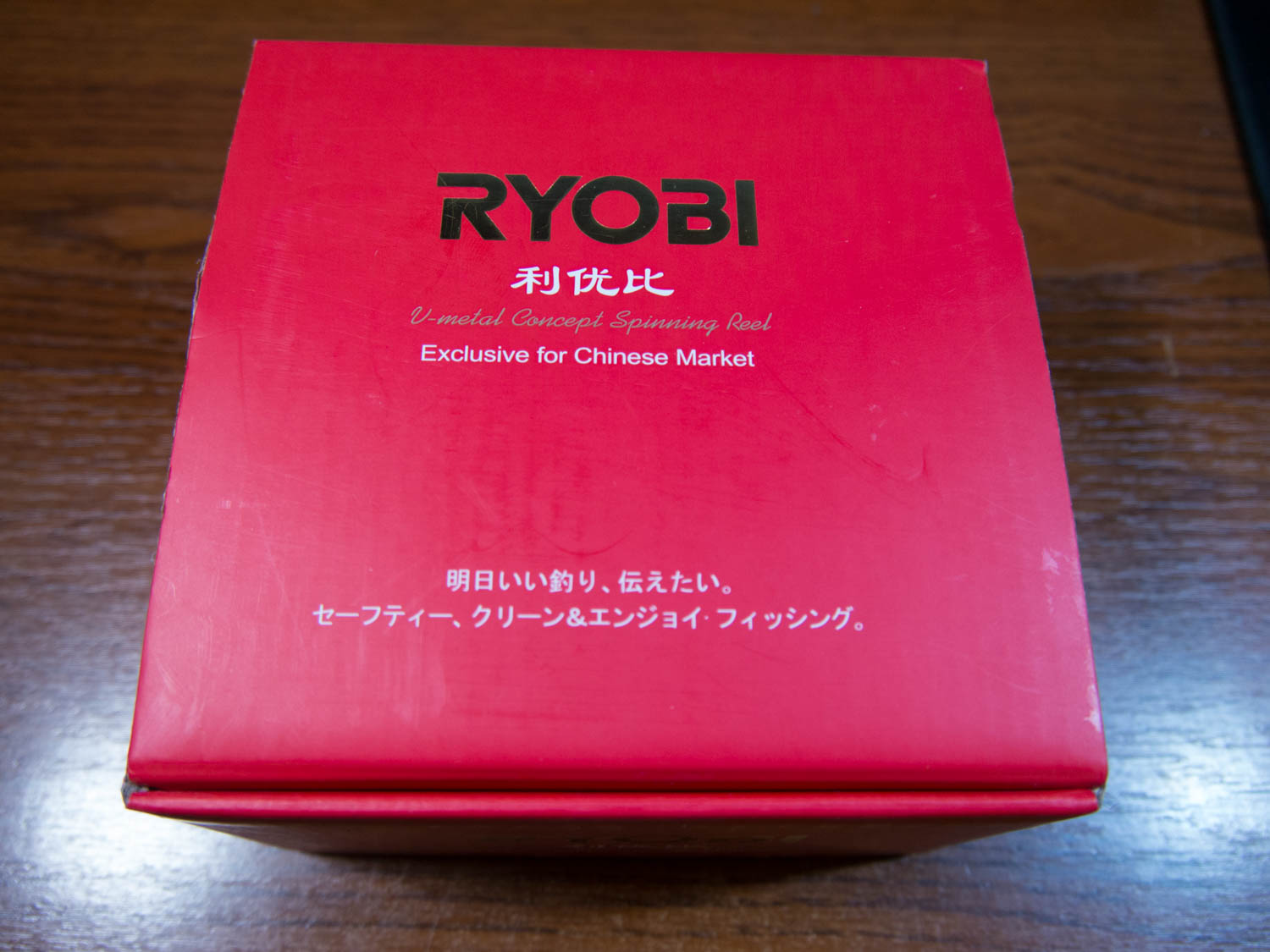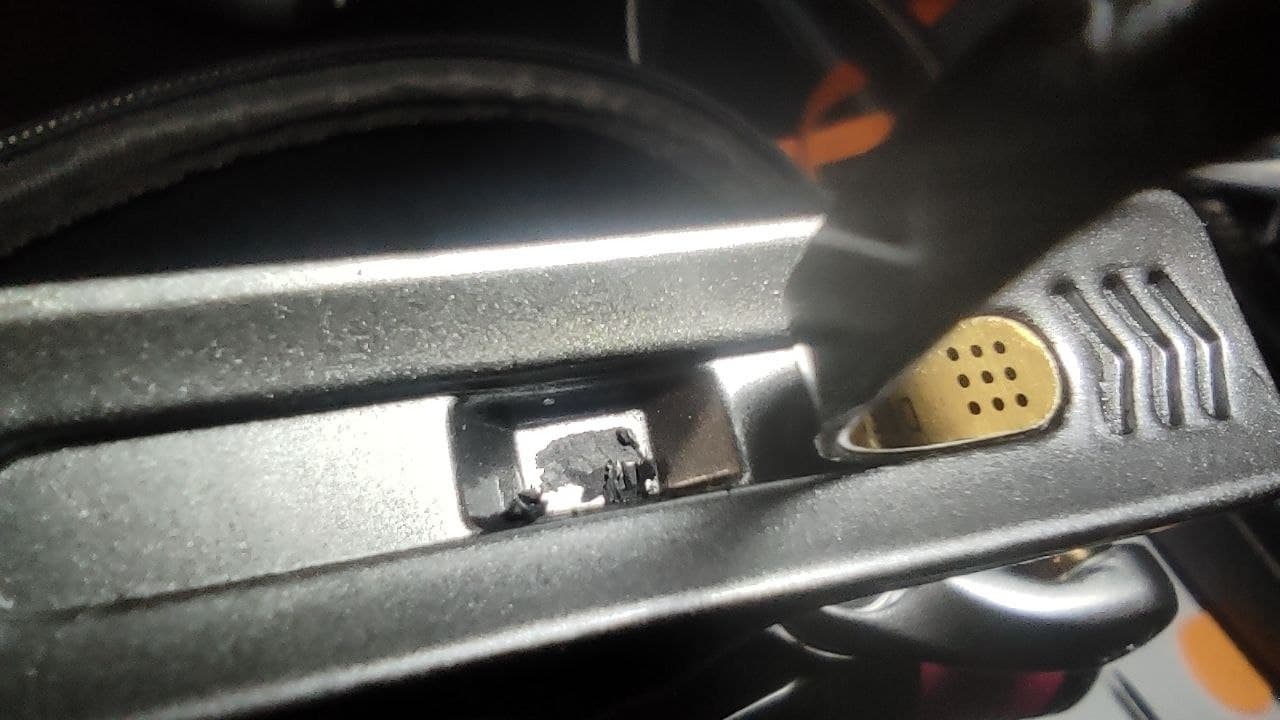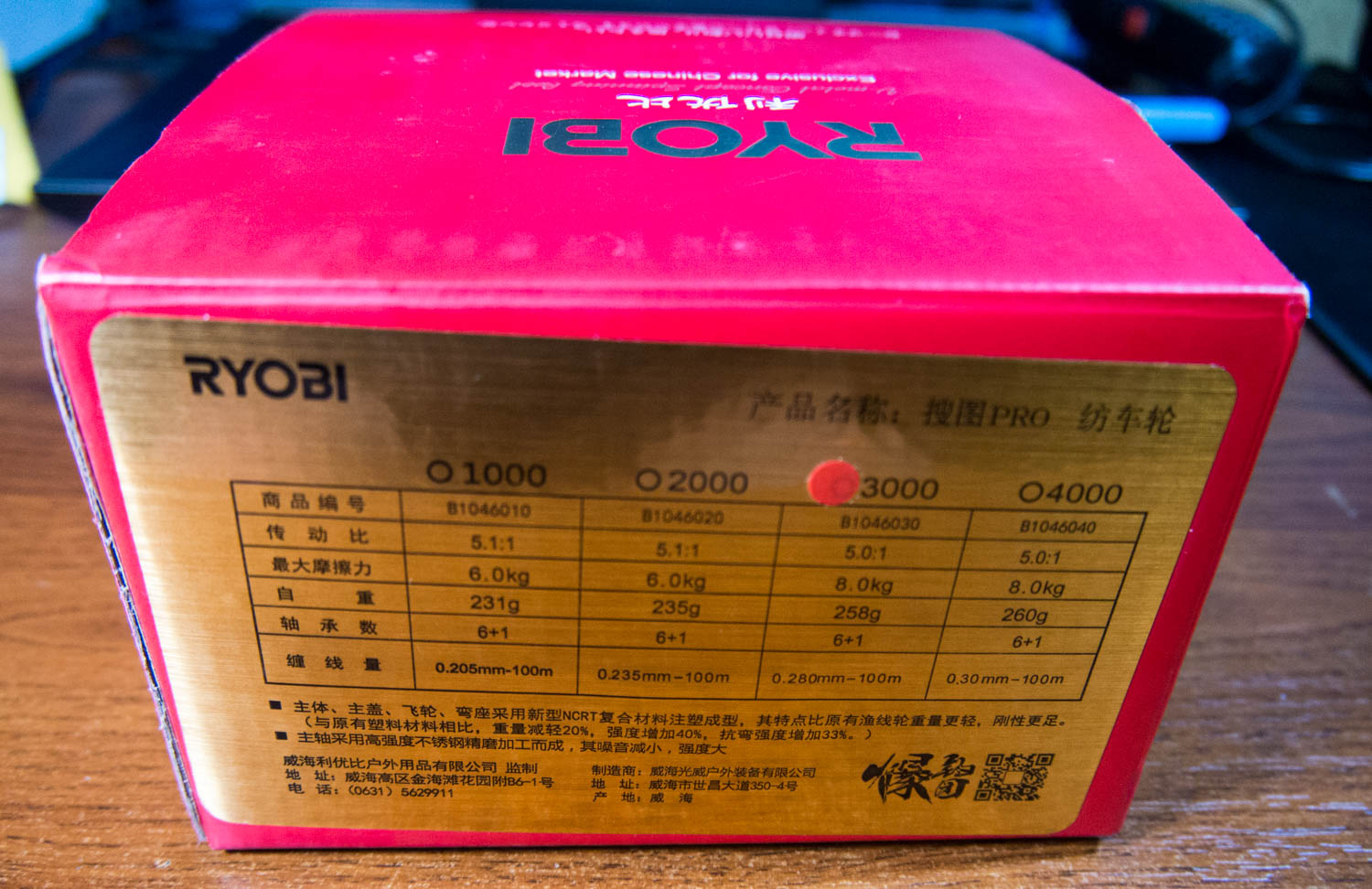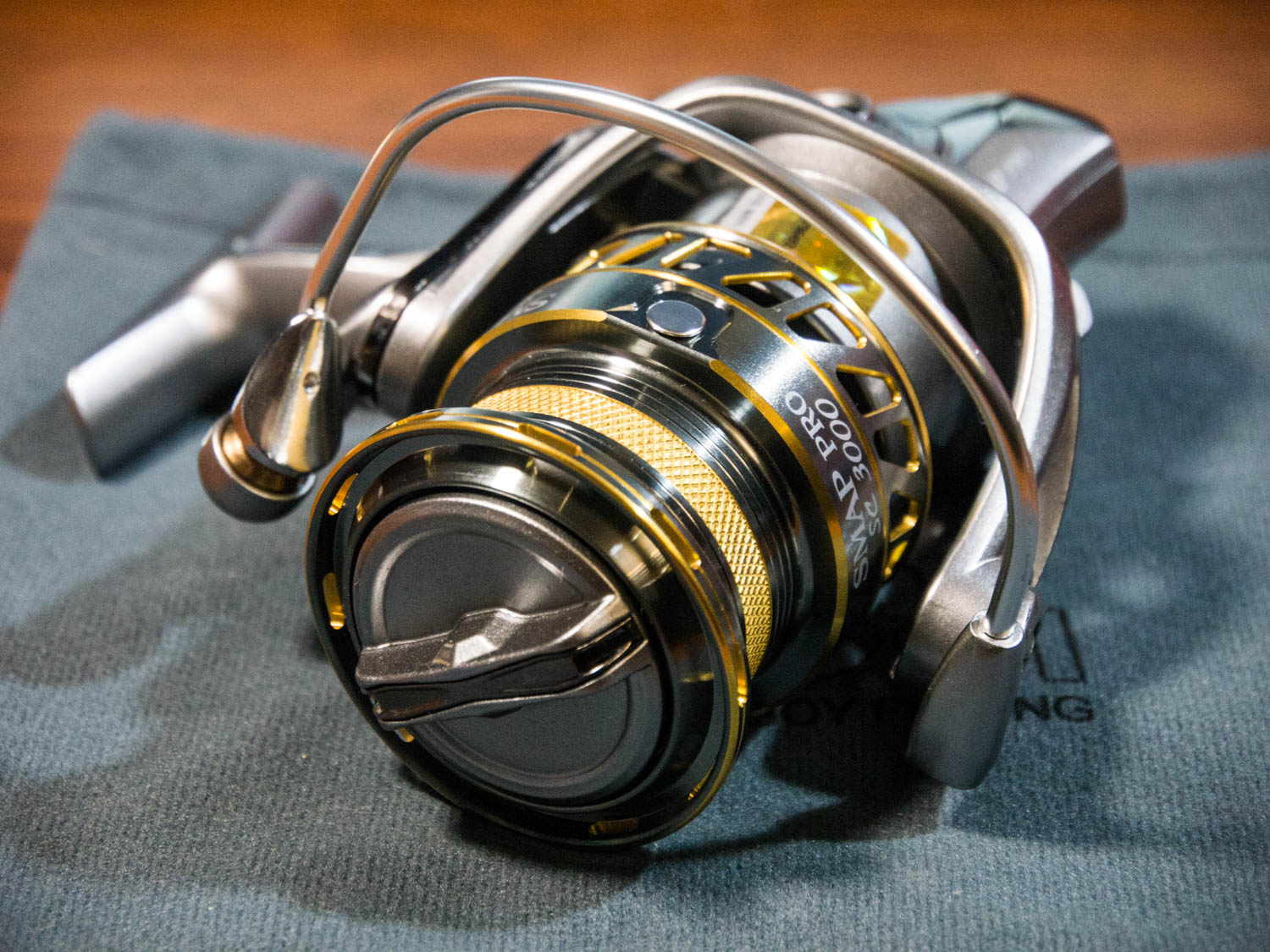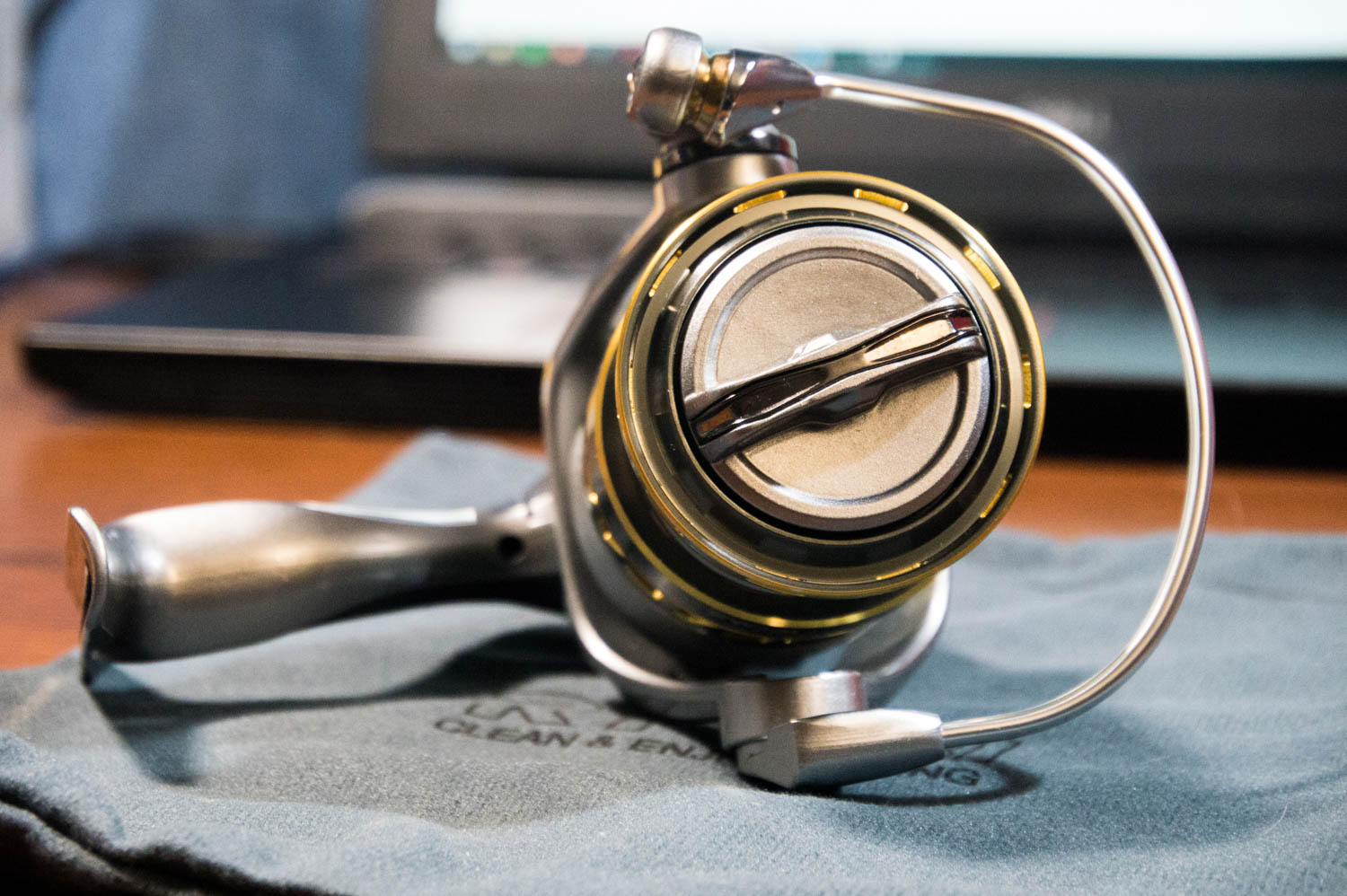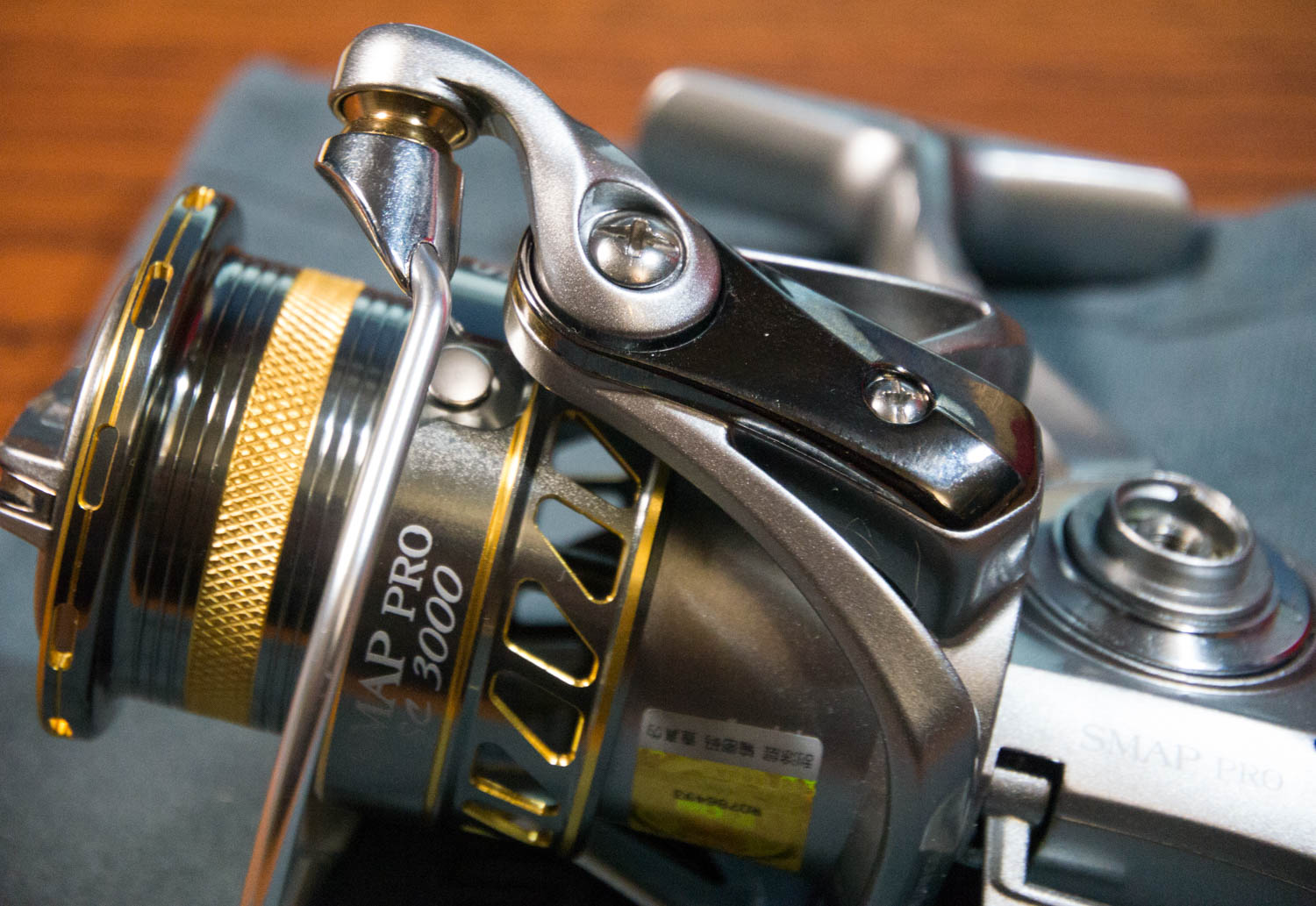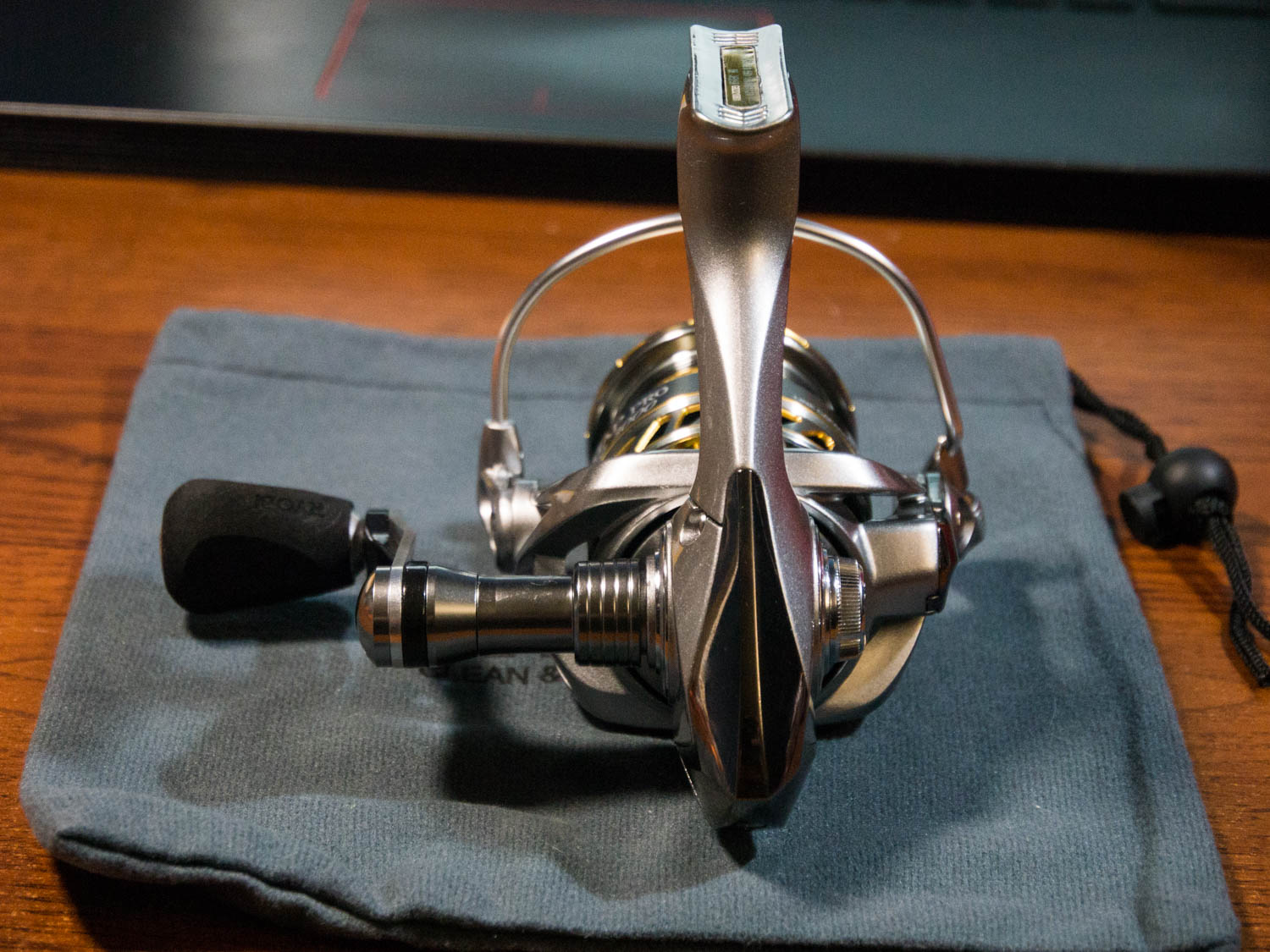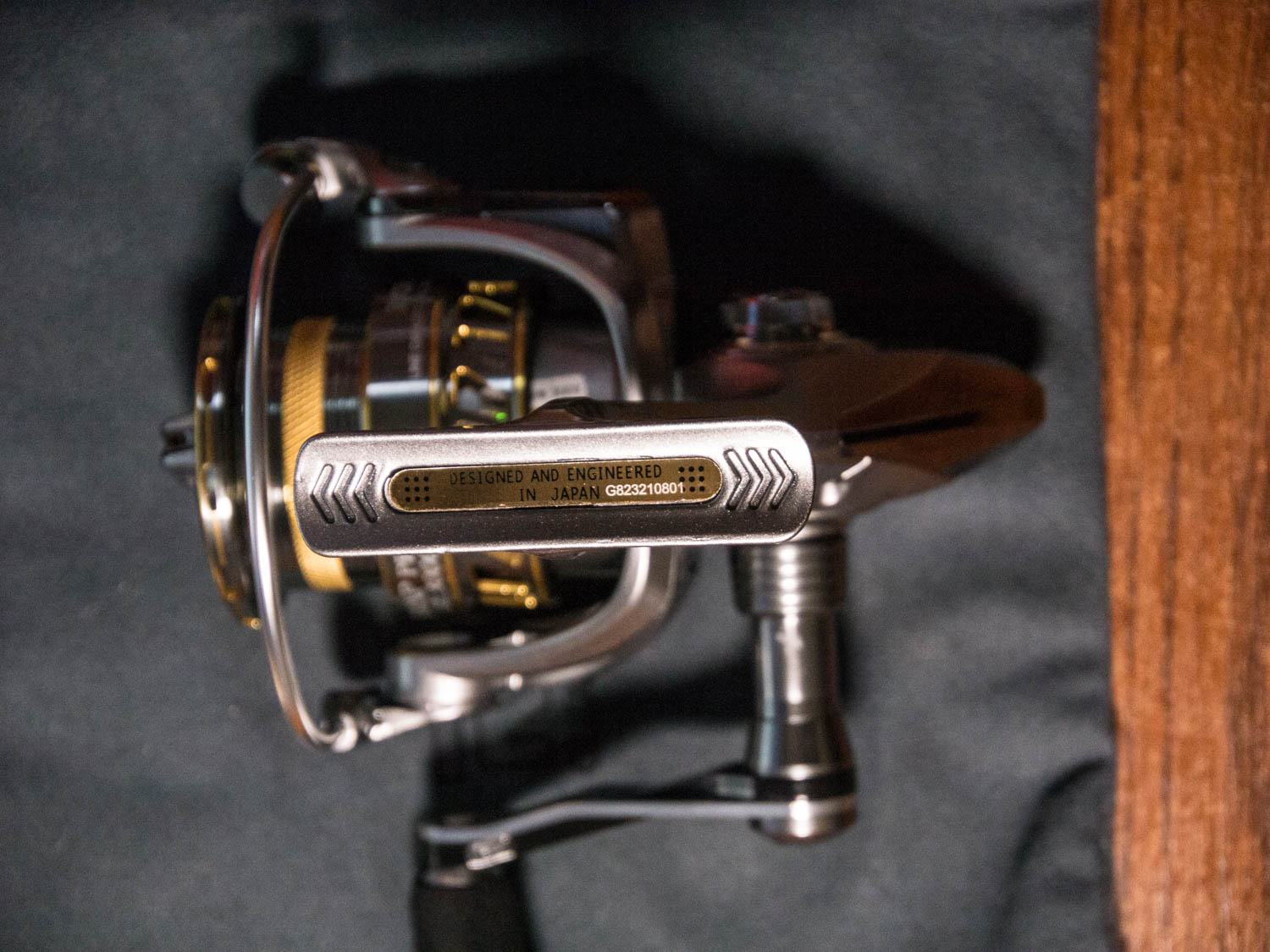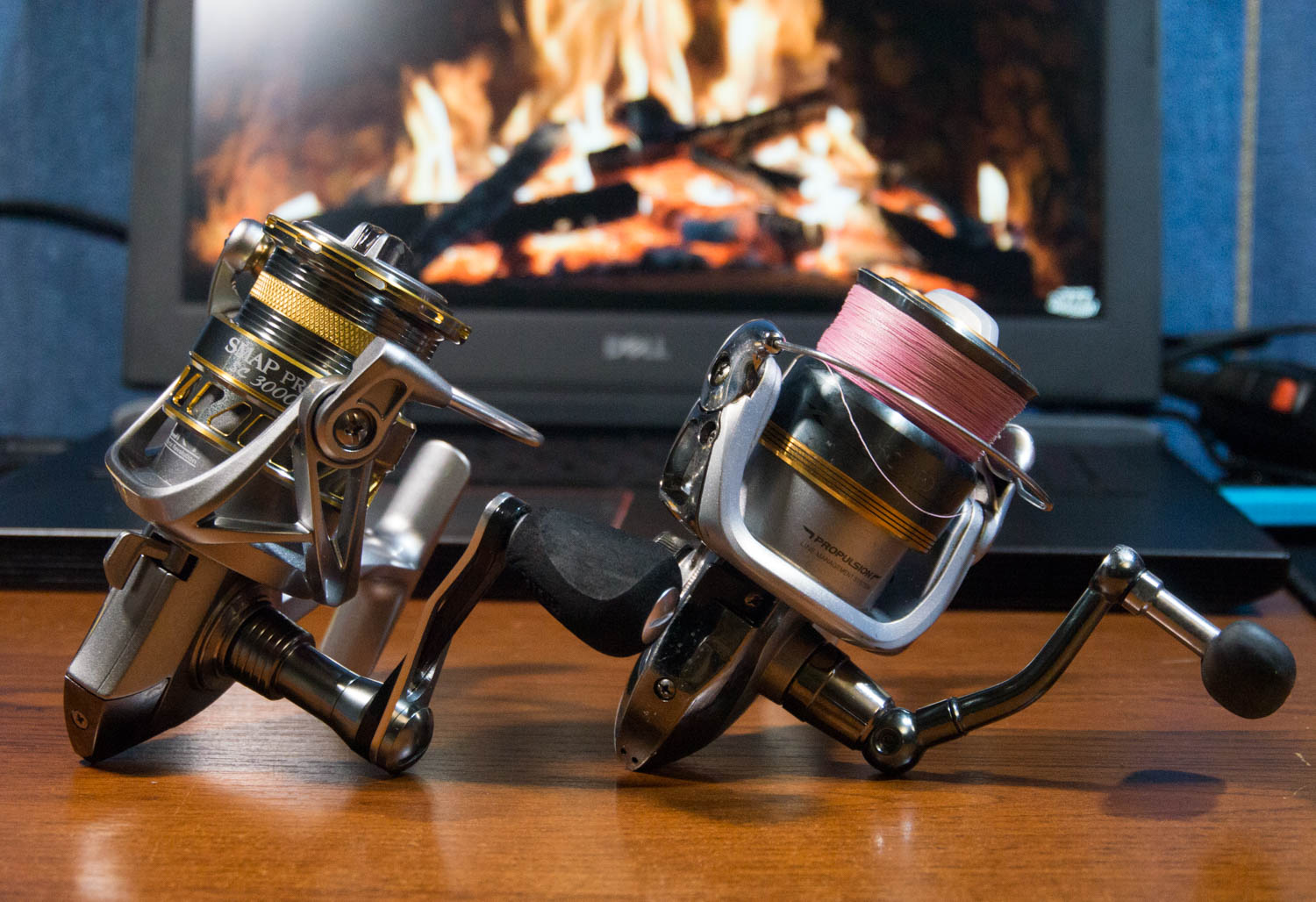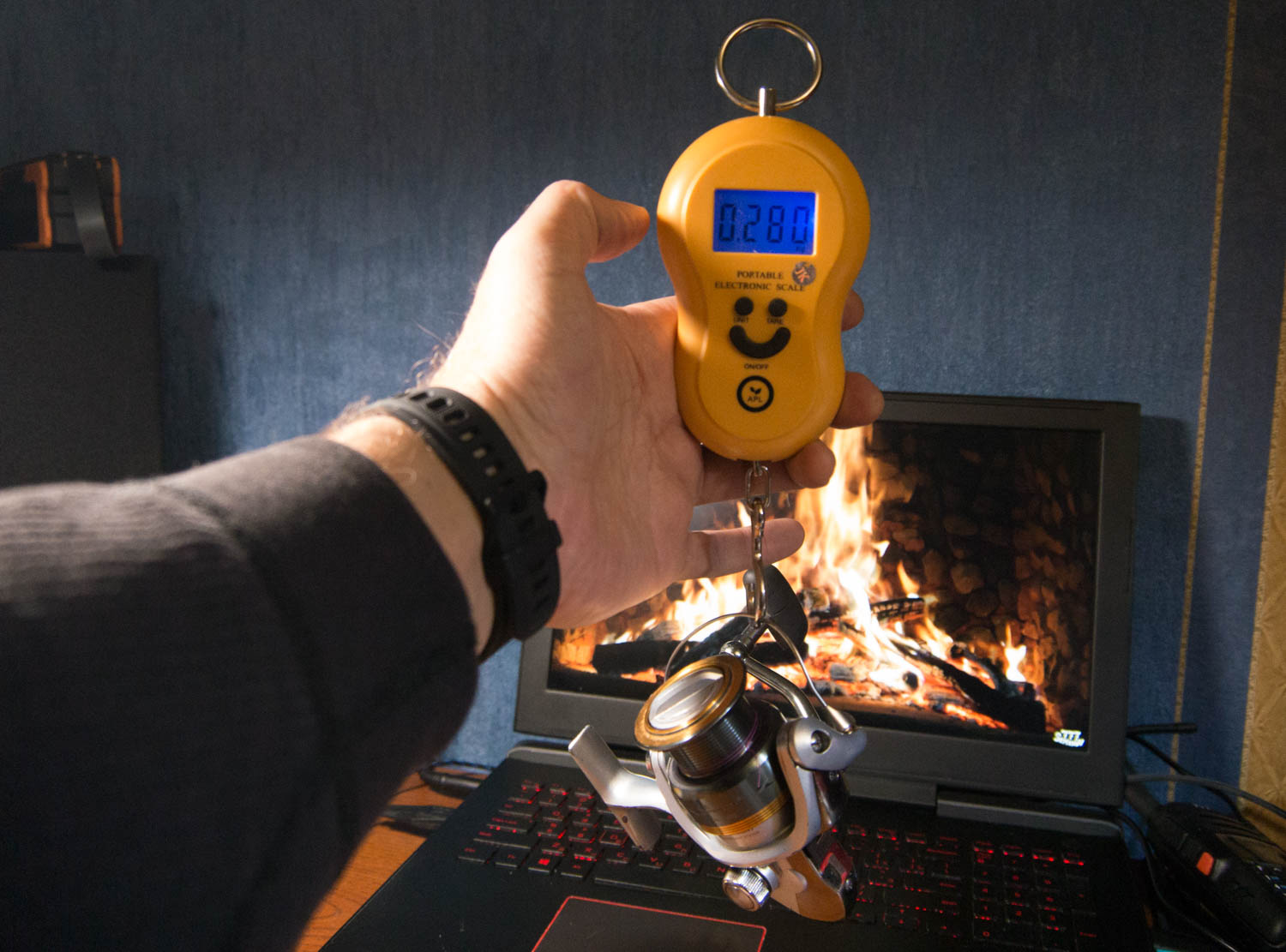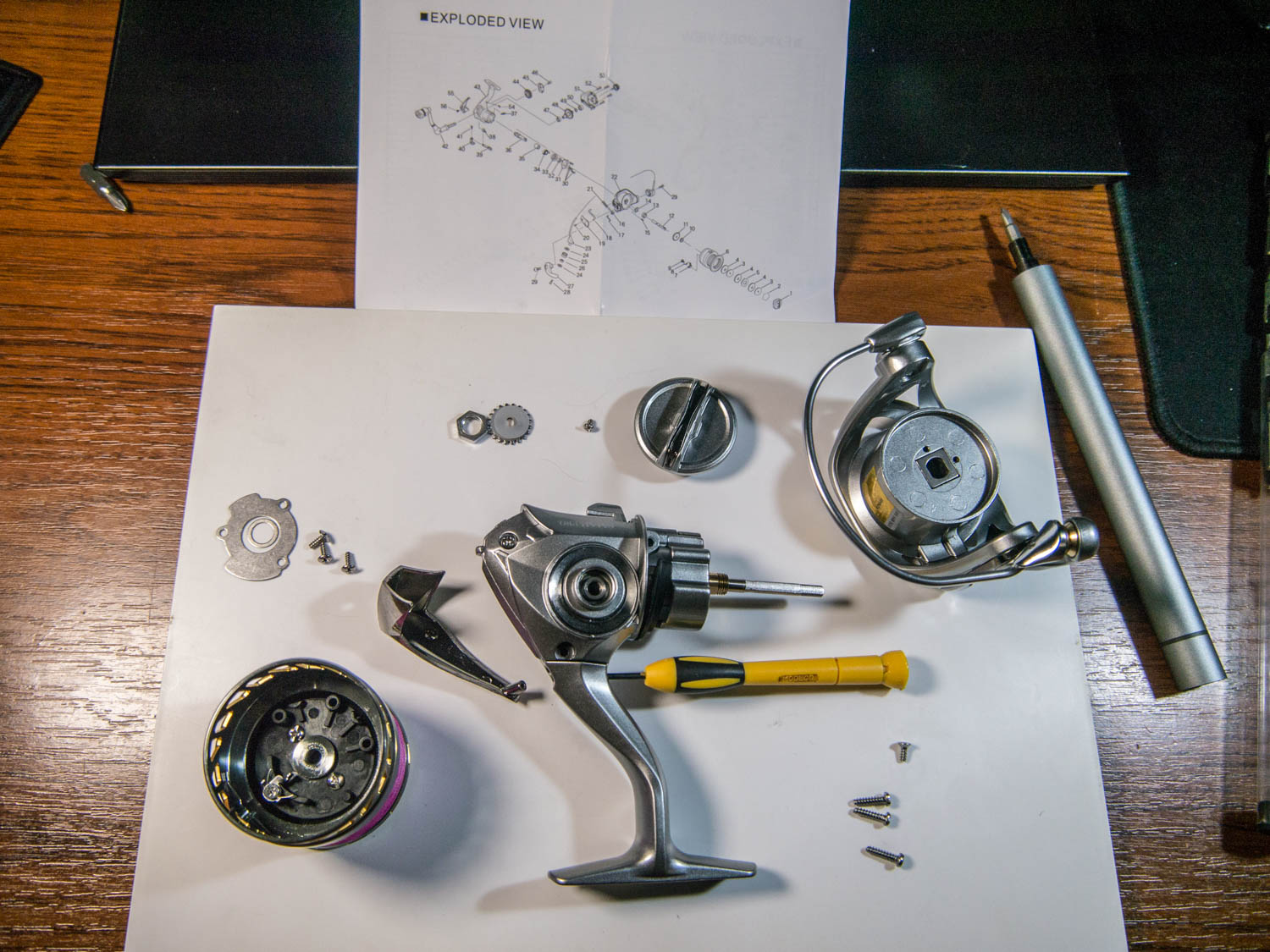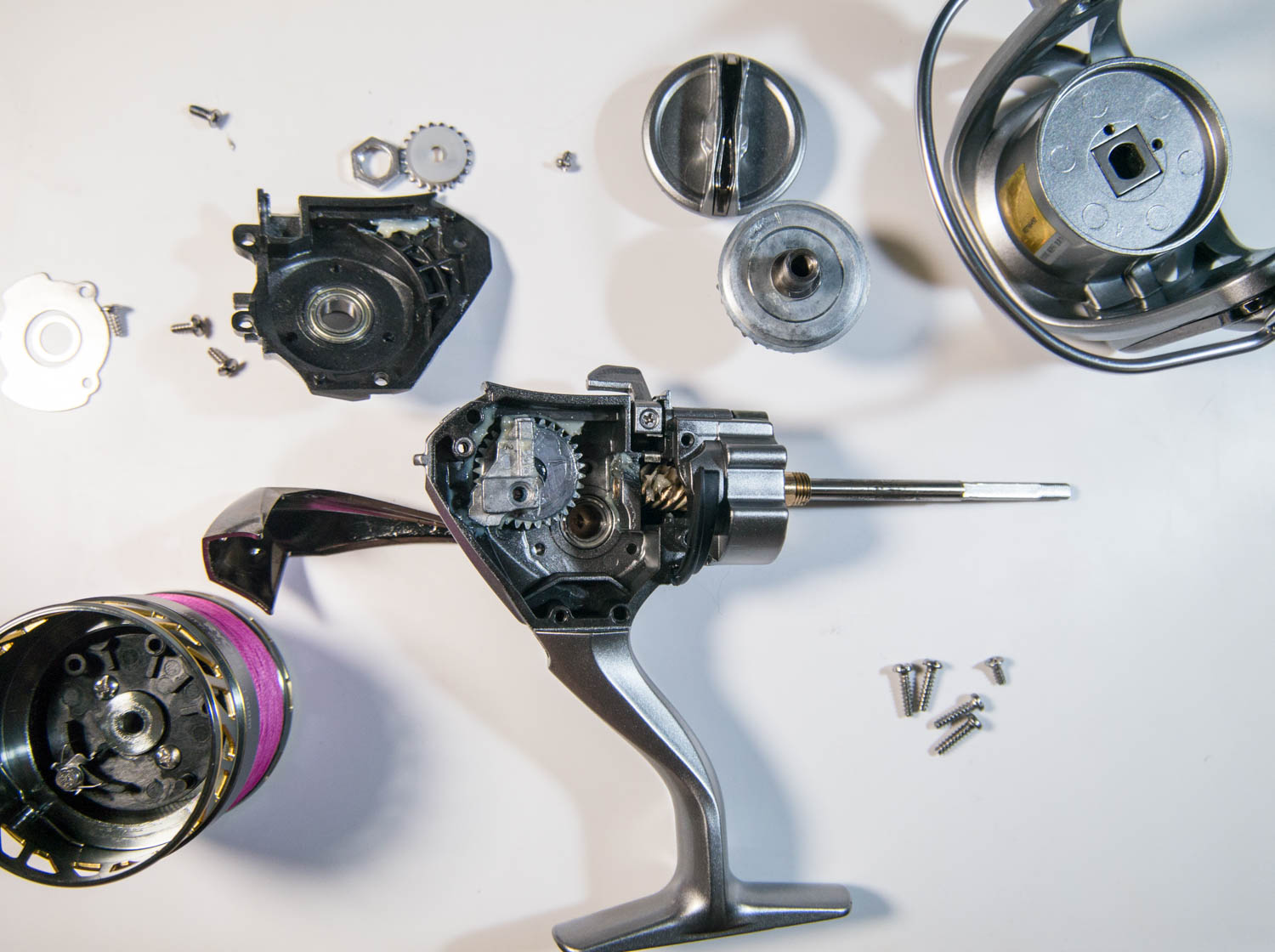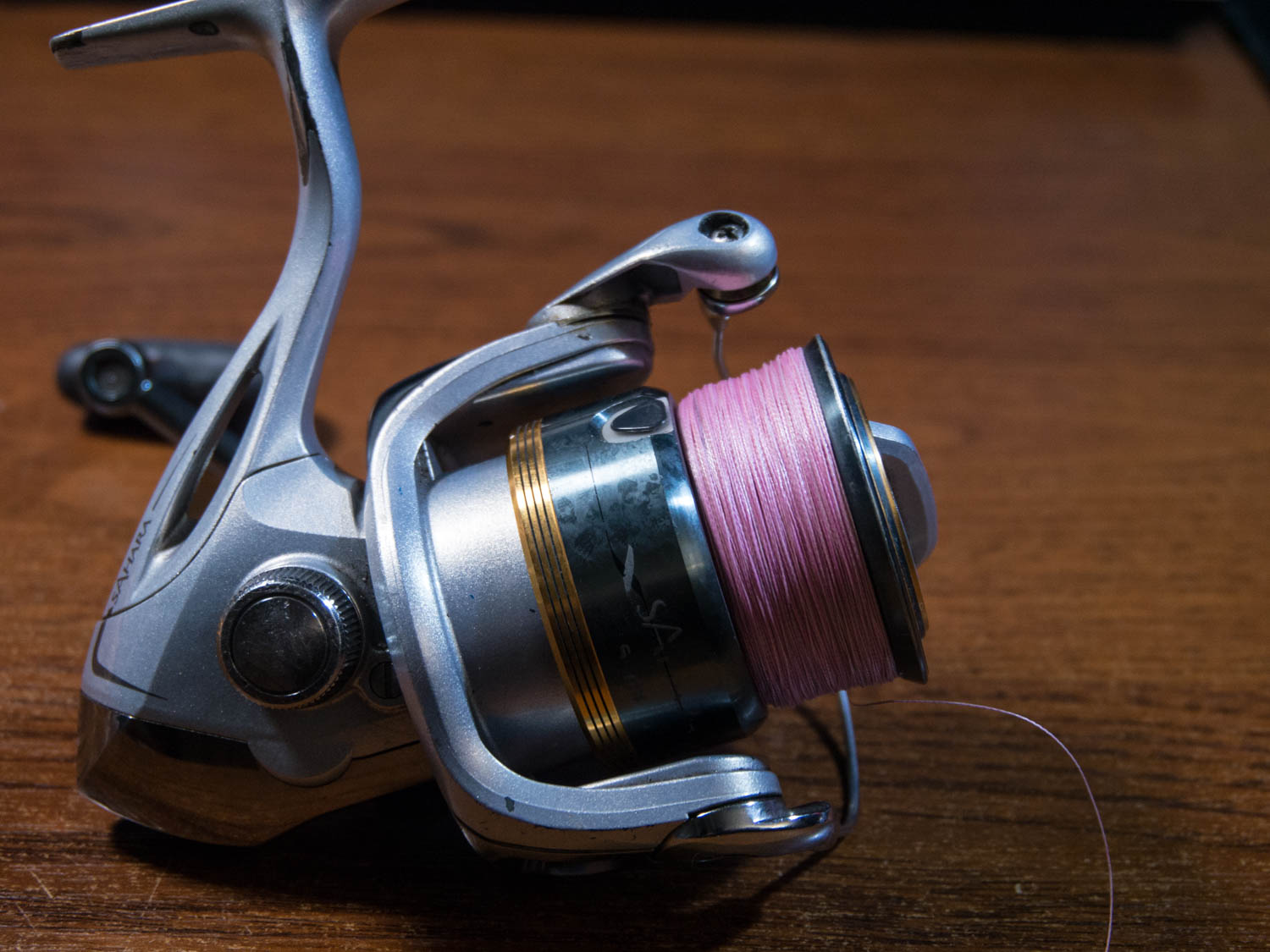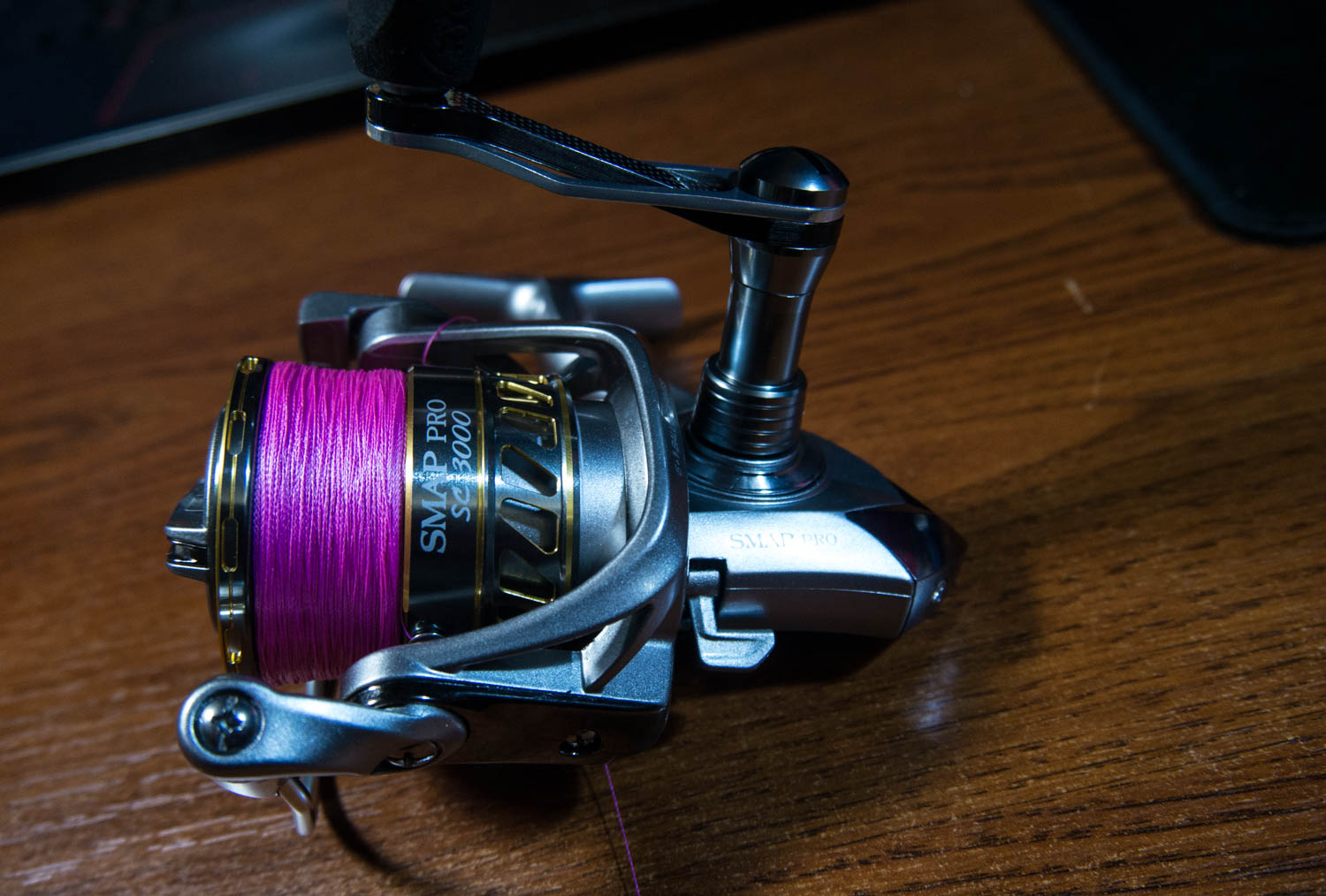Should you buy a fishing reel on AliExpress?
In general, purchasing a spinning reel on AliExpress is quite a risky endeavor. Certainly, there are KastKing and Tsurinoya reels. They have decent performance, a pleasant appearance, and a number of bearings that exceed reasonable limits. However, my KastKing became extremely unattractive after five years; the chrome plating peeled off, a humming noise appeared in the mechanism, even though I took care of and serviced the reel twice a year. Although it still works, and I still use it. On the other hand, my Shimano Sahara, which is ten years old, still works without any problems. Unfortunately, I dropped it and damaged the spool, which was the reason for choosing a new reel.
The easiest thing to do would have been to buy a new Sahara, but after reading the reviews, I found out that there were some issues with the new models. And if I added two bearings to my old Shimano and turned it into a Twin, then it does not always work with the new ones. I am not ready to pay $85 for a reel with only four bearings. Also, I wanted a reel with a small spool and lighter weight. Finally, I was really bothered by the looseness. In general, my requirements were as follows:
- Drag force (load on the friction) not less than 6 kg;
- Weight not more than 250 grams;
- Small spool for winding the line;
- Drag ratio, not higher than 5.2:1;
- Verified brand;
- Screw-in handle;
- Price not higher than $80.
After studying a huge number of reels available on the market, I came to the conclusion that, first of all, I did not want any Sahara, Sedona, and especially not Daiwa Regal. Sedona does not have X-Ship, which means that it will fail earlier than Sahara. I have already talked about Sahara, and the reviews about Regal simply shocked me: looseness in the gear and knob, gaps. In general, I can understand when I buy a Chinese reel for $35 and fix it up yourself. But to pay $60 and tune a new reel from a Japanese brand, honestly, I don't want to. I decided to see what AliExpress has to offer in the mid-price segment.
The selection was as follows:
- Daiwa Legalis for $74. 6+1BB, 210 grams, there is an option of 5.2:1 with a 3000C spool and 10 kg drag force. The handle is ordinary, and 3000C is actually 2000 with a different spool.
- BEARKING Zeus for $43 (with a coupon, it's only $38). 5.2:1, a small spool of size 3000, screw-in handle, 9 bearings, the possibility of installing 2 more bearings in the handle. Considering the price, this option is optimal, but, like the reel above, this is a size 2000 with a spool of increased diameter (and made in China).
- Shimano Nasci for $93. C3000 spool, 5+1 bearing, 9kg drag, 5.0:1 gear ratio, handle is screw-in. Everything seems good, but there is no bearing in the line roller, which is a questionable decision considering that there is a bearing in the knob (where another one could be added).
- Daiwa Fuego for $96. 5.3:1 gear ratio, 3000C with 10kg drag. Handle is screw-in. The reel meets all my requirements, but the price is a bit high.
In general, the price range is about $100 for mid-range Japanese brand reels, while Chinese reels of the same level are around $50. At first, I thought of continuing the search, but suddenly remembered that for $100, I could buy the Ryobi Zauber, which is a reel with an infinite screw and a modern version that has eliminated the play in the folding handle that is typical of the "classic" version. Unfortunately, Zauber still didn't offer a small spool, so I started looking for what else they had and found the RYOBI SMAP PRO.
Specifications of RYOBI SMAP PRO 3000
RYOBI SMAP PRO is a reel from the Japanese company RYOBI, intended exclusively for the Chinese market. I haven't seen a model with this name in our stores. There are four sizes of this reel: 1000, 2000, 3000, and 4000. The first two differ in a smaller body and, accordingly, less weight and a smaller allowable load. The 3000 and 4000 have the same mechanism, but the latter is larger. I chose the 3000 size because I planned to wind Kastking 10 lb line on it, which I have been using for catching pikes up to 8 kg for the past five years. 130 meters of this line can fit on the spool, which is enough for fishing. I think the 4000 size would have suited me "with a margin," but I was originally looking for a reel so that I wouldn't have to struggle with backing, so I took a smaller spool.
Here are the specs:
Drag force (friction load): 8 kg;
Weight: 258 grams;
Number of bearings: 6+1;
Small spool: 0.28/100 meters;
Gear ratio: 5.0:1;
Proven Japanese brand;
Screw-in handle;
Price: $63.
You can buy it here.
RYOBI SMAP PRO 3000 review
Let's go step by step, from the box to the internals. The box is simple, with clear markings - the brand name "Ryobi" and "V-metal concept spinning reel" and a warning that the reel is intended exclusively for the Chinese market. "V-metal concept," in accordance with modern marketing traditions, should mean that the reel is made of plastic, although both the outer part and the inner walls look like real aluminum.
I had to scratch a bit under the sticker - there was carbon fiber. But the paint came off with great difficulty, the coating is very high quality and thick, in several layers.
Let's get back to the box. On the side, there's a gold sticker with the parameters of all the reels in the series and a red dot next to the size: 3000. The label below states that the model has the article number B1046030.
Inside the box, the reel is packaged with a handle, a soft gray case, an exploded view diagram, and an instruction manual in both English and Chinese. However, there are no adjustment washers or spare spools included in the package.
The reel looks high-quality even at first glance. The spool with a beautiful circular notch in the center catches the eye. The notch prevents the line from slipping, even if there are only two turns on the spool. Overall, I'm pleasantly surprised by the thoughtful design.
The friction knob is large and comfortable, it's impossible to miss. The actual friction system is also impressive, I've never seen such smooth adjustment of drag pressure before. With Shimano reels, I typically adjust the drag within two or three clicks, but with this one, the drag is locked until you release the spool, then it smoothly unwinds. Here, there are five full turns from fully tightened to fully loosened, allowing you to fine-tune the drag pressure with just a few grams of force.
The bail wire is thick but lightweight because it's hollow. It strong and reliable. The line roller has a titanium nitride coating, with a bearing and two Teflon washers inside.
The handle can be installed on the right or left side, and the hole on the opposite side is covered with a plug. There is no gaps in the handle. The knob is removable, and there are two bearings inside.
There is a "Designed in Japan" inscription and a serial number on the leg.
If you put the Ryobi reel next to the Shimano Sahara 2500, you can see that the Ryobi is slightly larger and looks more massive due to the wider spool and handle.
My not very precise scales show 255 grams.
For comparison, Shimano Sahara 2500 on the same scales weighs 280 grams.
RYOBI SMAP PRO 3000 inside
There was no point in taking apart the reel, I just wanted to see where they didn't put a bearing. In my opinion, ball bearings are critically necessary in the following components:
- On the axis of the main gear from both sides (in my Shimano Sahara from the factory, the bearing was only on one side, and on the other, there was a plastic bushing).
- Line roller. In my youth, I wore out several line rollers with my line until I realized that bearings are better than bushings.
- Driven gear. It experiences both axial and radial loads, and I would put it on two bearings.
This makes a total of 4 or 5 bearings. Where else are bearings installed:
- Oscillation gear. It is responsible for the reciprocating motion of the spool, and the axis on which it rotates is subjected to constant radial loads, albeit small ones. As the axis wears out, the accuracy of line winding decreases.
- Knob. It also experiences constant loads, albeit small ones. Here it is a matter of personal preference. When the knob wobbles, it simply annoys some people. Clearances appear over time, and when they reach a critical value, they simply get rid of the reel.
- Spool. A bearing (or sometimes two) in the spool supposedly makes the friction work smoother. I consider it pointless to install a bearing that will perform, let's say, a ten hundred turns per year. I think I can imagine conditions in which such a bearing could be useful to me, but its presence is not critical for me at all.
I have already taken apart the knob and saw that it has two bearings inside. So, there is one bearing on the driven gear, and none on the oscillation gear. Or is it the other way around?
After disassembling the reel (note the yellow screwdriver - there is an inconspicuous screw in the foot that holds the rear pad), I discovered that the Ryobi Smap Pro has bearings arranged as follows:
- Two on the axis of the drive gear;
- One on the axis of the driven gear (plus a reverse stopper, which is usually marked as "...+1" in reels);
- One in the line roller;
- Two in the knob.
In my opinion, there is a lack of a bearing on the oscillation gear, but apparently, such luxury belongs to a different price category.
Overall impressions are positive. The bearings are of good quality, the reel is well lubricated in the necessary places, no rough edges, no casting defects, screws with the same purpose are of the same size (unlike Chinese brands), no vibration during rotation, smooth, soft and precise operation, without any extraneous sounds or looseness. I am satisfied and ready to begin field testing.
And finally, about the line winding, again in comparison to Sahara. I rewound the line from the Sahara onto the Smap, but it didn't all fit, so I had to cut about twenty meters. In total, the spool held about 130 meters of line. In my opinion, a small adjustment washer wouldn't hurt.
Thank you for reading to the end. That's all!

